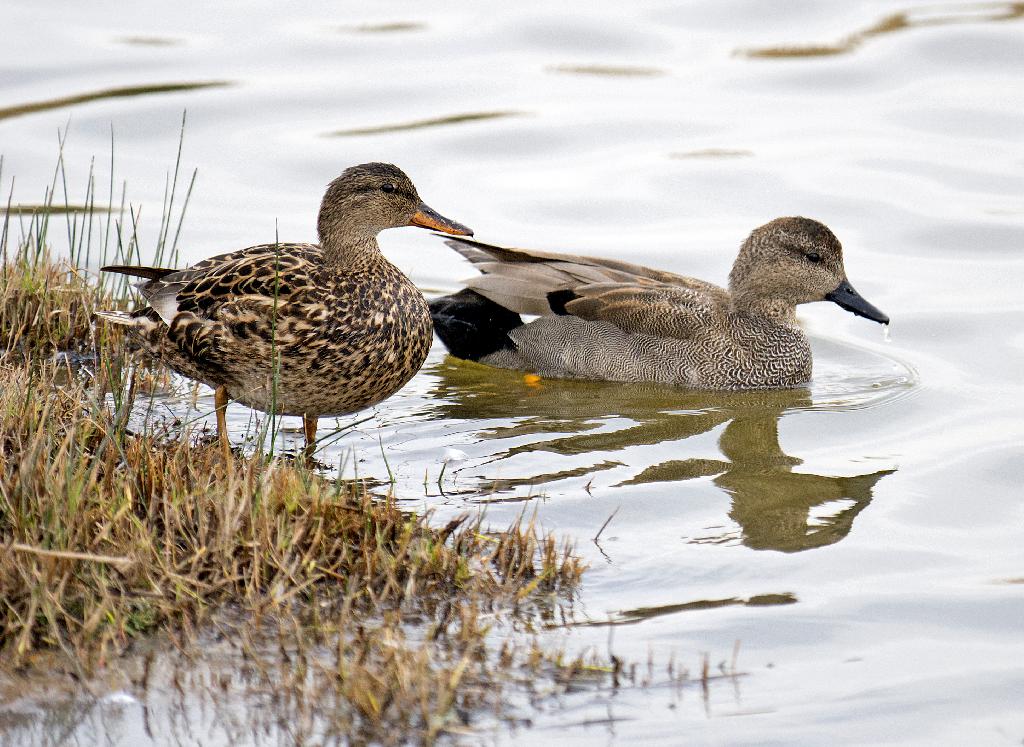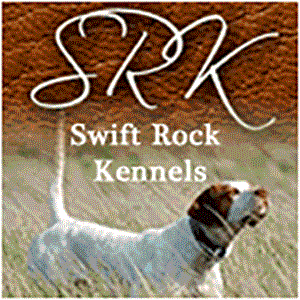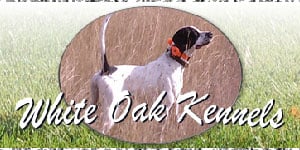Gadwall Duck - Duck Hunting - Wetland Hunting
View Recipes | Gamebird Services | Gamebird Hunts | View Photos

Description
Gadwall Duck is a widespread dabbling duck of the Anatidae family. The Gadwall Duck is approximately 46 – 56 cm long and 78 to 90cm wingspan. Male Gadwalls are slightly larger than the females measuring approximately 990g while the females weigh about 850g. The males are gray-brown and have a black patch at the tail whereas females are patterned with brown & buff. Additionally, females Gadwalls have a thin orange edge towards the edge of their dark bills. However, when flying, both male and female Gadwall Ducks have a white wing patch that can also be seen when resting or swimming.
Habitat
Ponds, marshes, and lakes are the main habitats of these game birds. During the summer season, Gadwall Ducks are mainly around alkaline or freshwater lakes in the prairie regions. You can also find these birds in intermountain valleys in areas that are not forested. In winter and migration, the Gadwall Ducks thrive on lakes, estuaries & marshes. During winter, you will mainly see the Gadwall Ducks in pairs because they select their breeding mates at late fall.
Diet
Diet is mainly comprised of plant material, especially aquatic plants. When compared to other dabbling ducks, the Gadwall Ducks eat more stems, leaves and fewer seeds. These birds also eat small mollusks, crustaceans, and insects to supplement their diet.
These ducks tip forward and feed on the submerged vegetation but they don't dive. In other cases, these game birds steal food from other diving coots or ducks.
Nesting
Gadwall Ducks are quieter except during their courtship displays. In one of the displays, the male pulls his head far back on shoulders and then raises the rear part of the body out of the water. The male accompanies the females to seek a nesting site. Normally, the nest is on the ground, near a source of water/wetlands and surrounded by dense grass or weed. However, the nest is built by the female in a shallow depression lined with grass and weeds.
Eggs
The females lay 8 to 11 white eggs. Sometimes, two or more females can lay eggs in the same nest and alternate incubating them. Incubation is done by the females only and it takes 24 to 27 days. The young ducklings leave the nest a few days after hatching. The females lead the young ones to water sources to find food on their own. However, the young Gadwall Ducks can only fly after 48 to 59 days depending on how fast they mature..


















